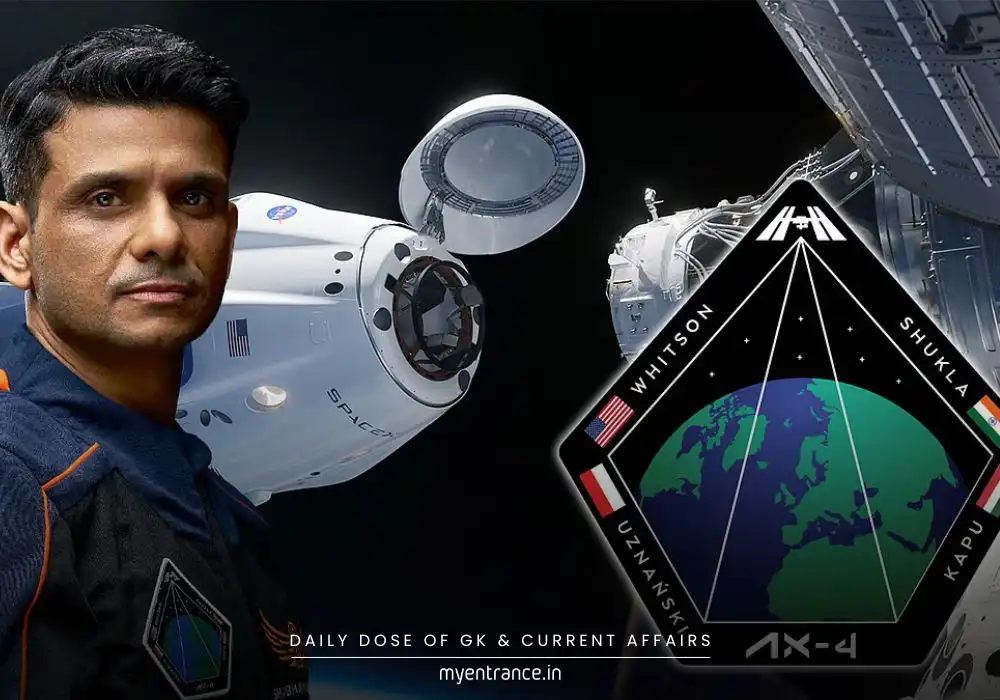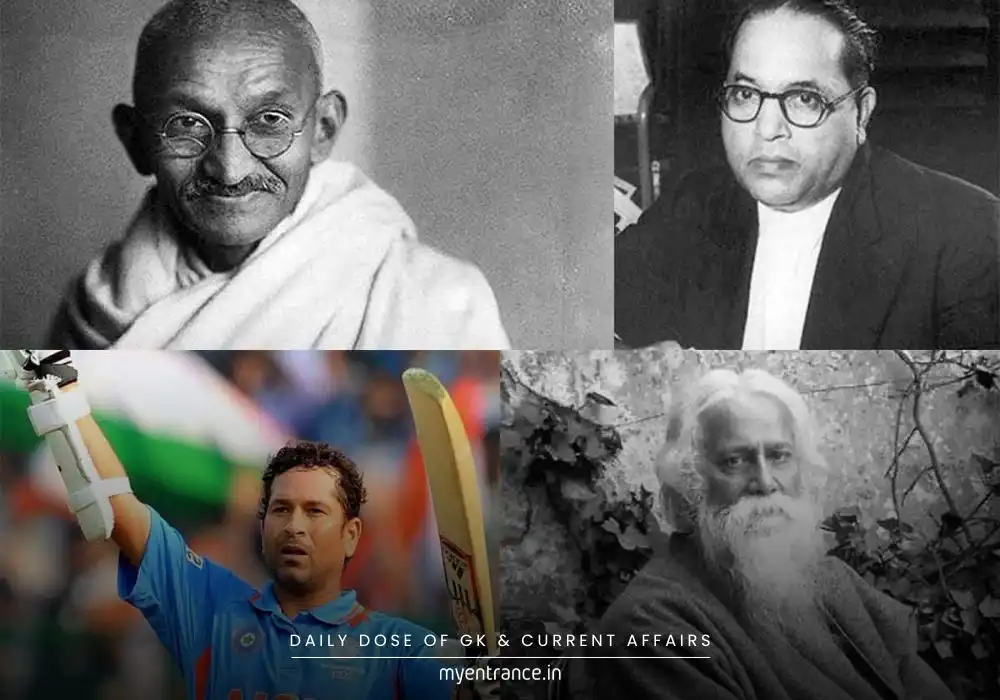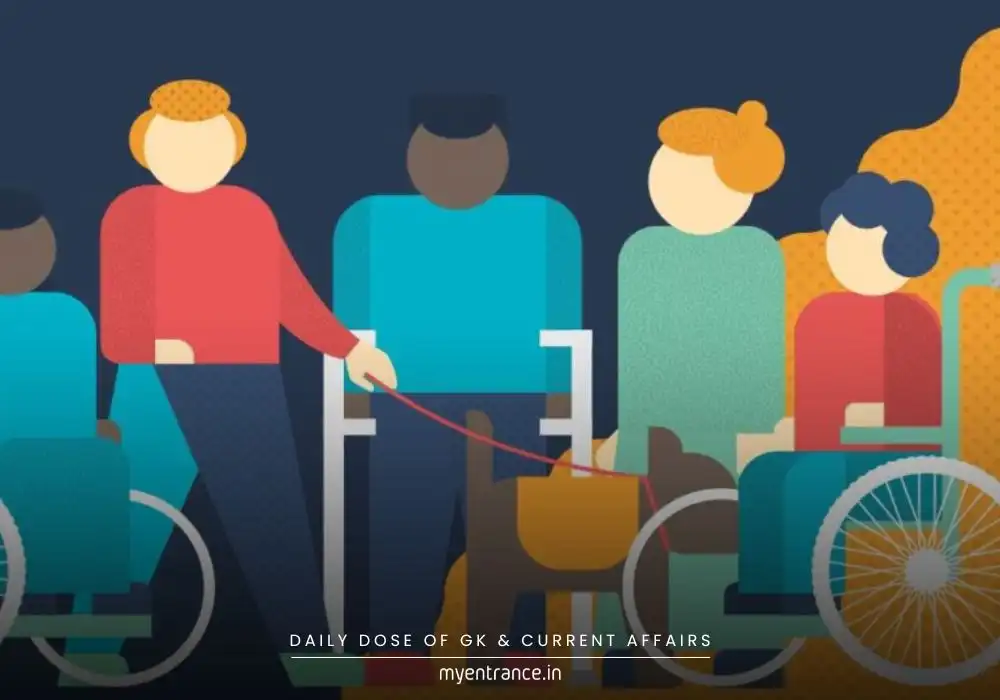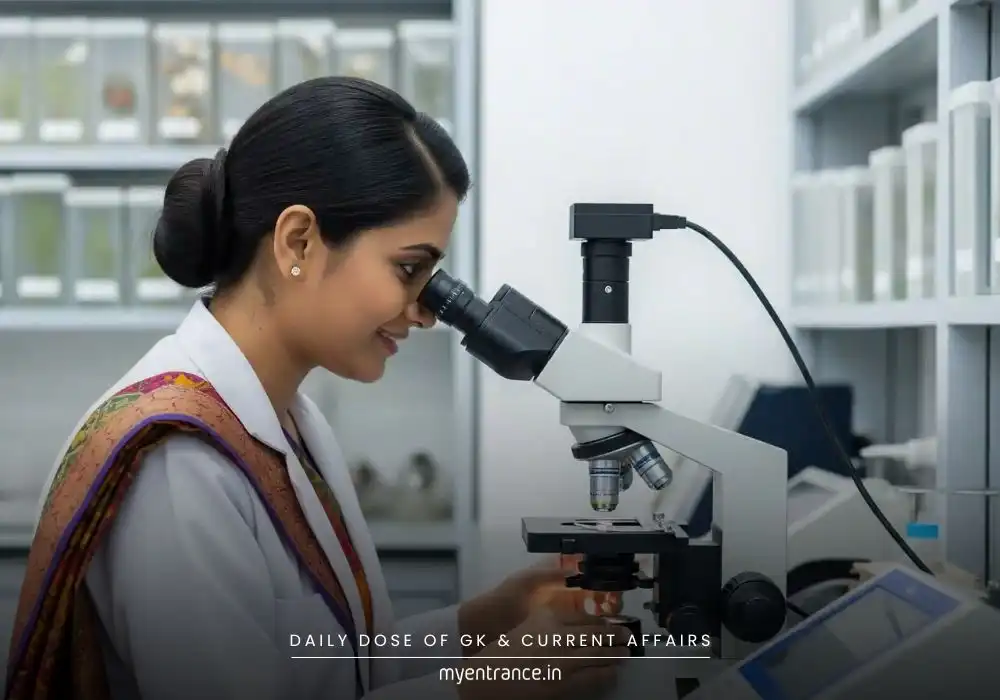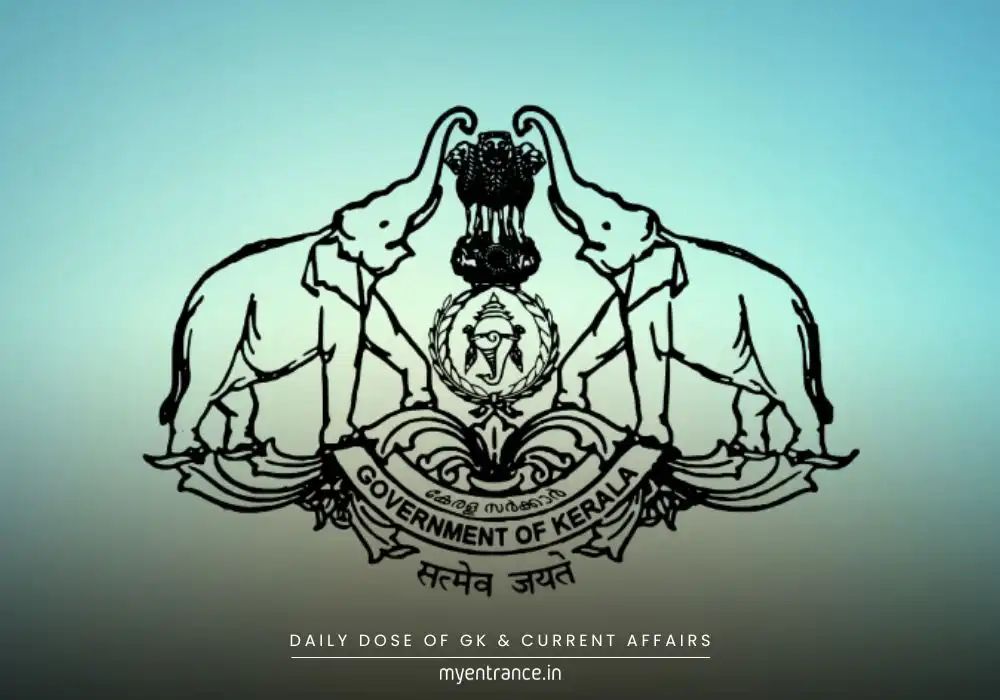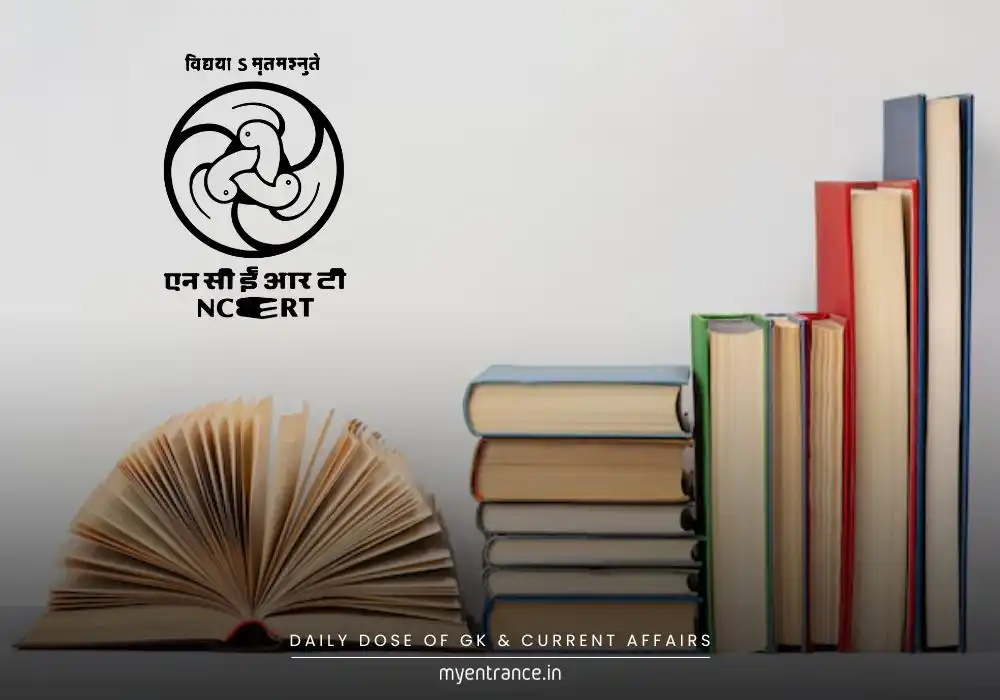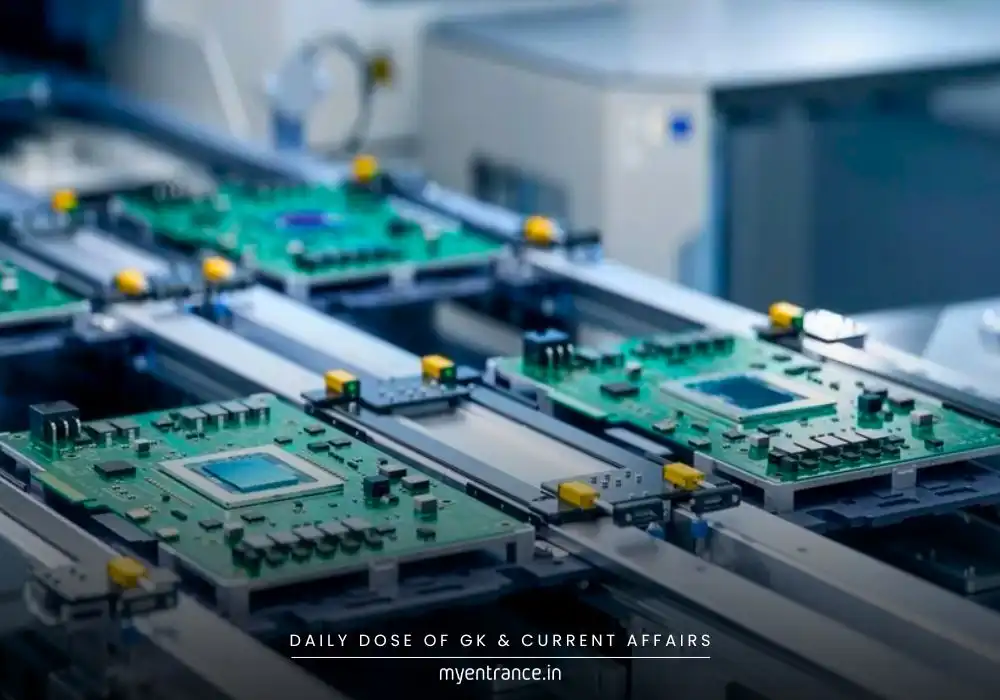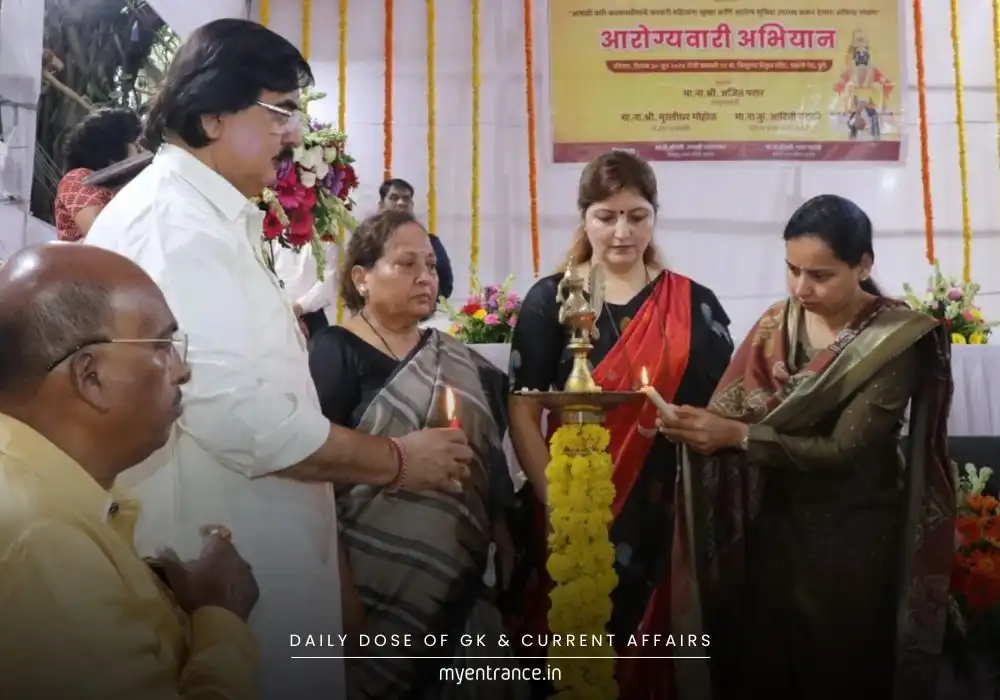Translate Language
How Did Scientists Detect the Largest Black Hole Merger Ever?
In a groundbreaking discovery, scientists have detected gravitational waves from the merger of two colossal black holes—the largest ever observed. This rare cosmic event deepens our understanding of black holes, gravitational waves, and the universe’s most extreme phenomena.
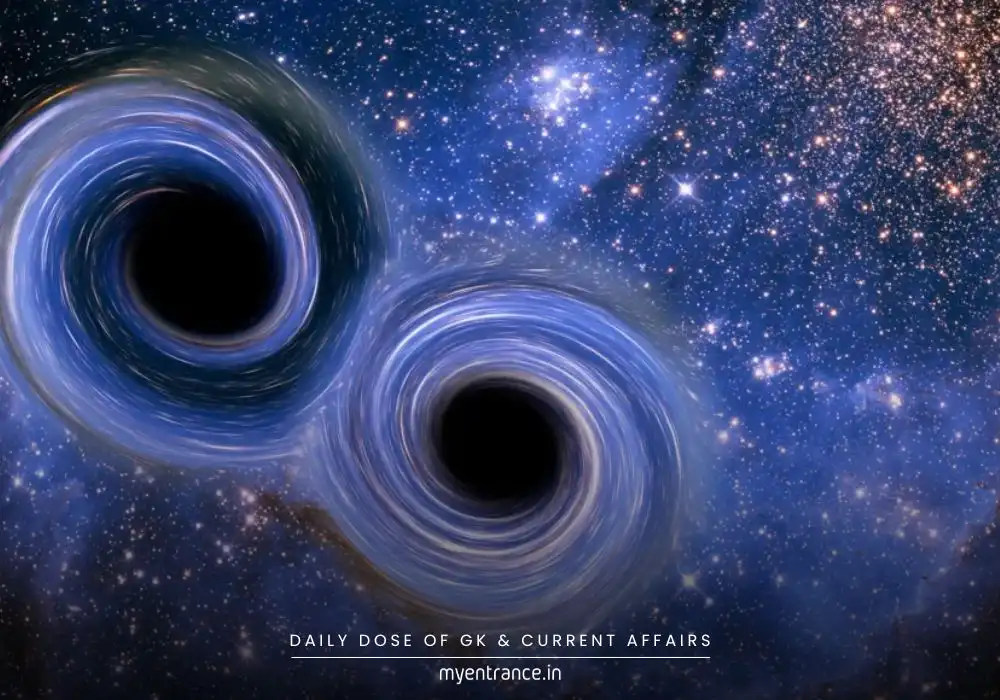
The Colossal Black Hole Merger: What Happened?
Black hole mergers are among the most energetic events in the universe. Recently, the LIGO-Virgo-KAGRA (LVK) collaboration detected gravitational waves from the collision of two black holes:
One was 140 times the mass of the Sun.
The other was 100 times the Sun’s mass.
The merger created a new black hole about 225 times the Sun’s mass.
This discovery, named GW231123, shatters previous records—the earlier largest merger (2021) involved black holes only 80 and 65 times the Sun’s mass.
How Do Scientists Detect Black Hole Mergers?
Gravitational waves—ripples in spacetime caused by massive cosmic events—help scientists “hear” these collisions. Key detectors include:
LIGO (USA) – First detected gravitational waves in 2015.
Virgo (Italy) – Enhances detection accuracy.
KAGRA (Japan) – Uses advanced cryogenic technology.
India is also set to join this effort with LIGO-India, expected to be operational by 2030.
Why Is This Discovery Important?
Validates Einstein’s Theory – Confirms predictions from the General Theory of Relativity.
Expands Black Hole Knowledge – Reveals new insights into stellar-mass and supermassive black holes.
Advances Gravitational-Wave Astronomy – Helps scientists study the universe in a whole new way.
Sample Questions & Answers for Competitive Exams
Q1. What are gravitational waves?
A: Ripples in spacetime caused by massive cosmic events, like black hole mergers.
Q2. Who first proposed the concept of black holes?
A: The idea emerged from Einstein’s General Theory of Relativity, though John Michell and Pierre-Simon Laplace also speculated about “dark stars.”
Q3. What was unique about the GW231123 merger?
A: It involved the largest black holes ever detected in a merger—140 and 100 times the Sun’s mass.
Q4. How does LIGO detect gravitational waves?
A: Using laser interferometers that measure tiny distortions in spacetime.
Q5. Why is LIGO-India significant?
A: It will improve detection accuracy and position India as a key player in gravitational-wave research.
Why Is This Important for Exams?
UPSC/SSC/PSC: Covers Science & Technology and Current Affairs (Prelims & Mains).
NID/NIFT/KAS: Tests general awareness of scientific breakthroughs.
Conceptual Understanding: Helps in answering questions on astrophysics, space technology, and modern physics.
Get 3 Months Free Access for SSC, PSC, NIFT & NID
Boost your exam prep!
Use offer code WELCOME28 to get 3 months free subscription. Start preparing today!

